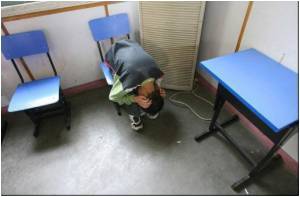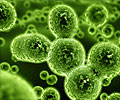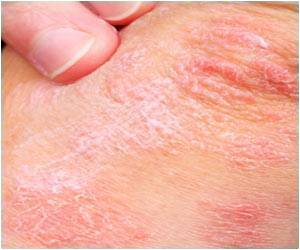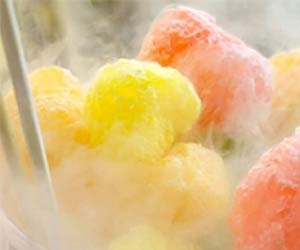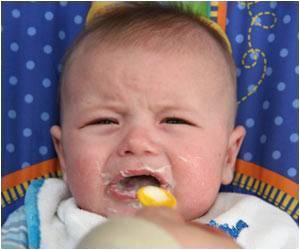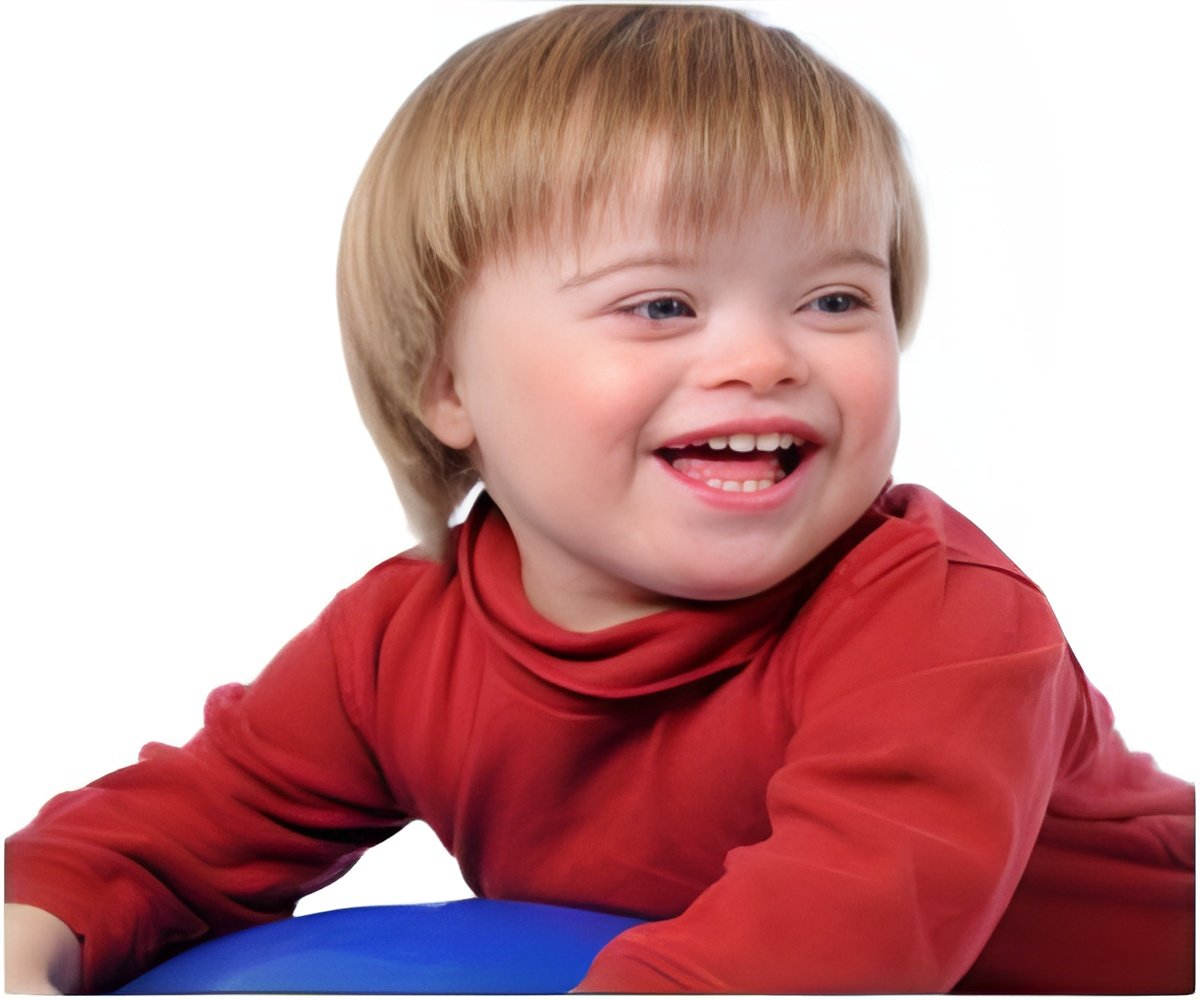
"The relationship between different microorganisms and the host and the outcomes for disease and development is an exciting issue," says Christine A. Biron, the Brintzenhoff Professor of Medical Science at Brown University and editor of the study. "This paper is important because it starts to advance the question of how the resident microbes interact with a disorder that is poorly understood."
Bacteria belonging to the group Sutterella represented a relatively large proportion of the microorganisms found in 12 of 23 tissue samples from the guts of autistic children, but these organisms were not detected in any samples from non-autistic children. Why this organism is present only in autistic kids with gastrointestinal problems and not in unaffected kids is unclear.
"Sutterella has been associated with gastrointestinal diseases below the diaphragm, and whether it's a pathogen or not is still not clear," explains Jorge Benach, Chairman of the Department of Microbiology at Stony Brook University and a reviewer of the report. "It is not a very well-known bacterium."
In children with autism, digestive problems can be quite serious and can contribute to behavioral problems, making it difficult for doctors and therapists to help their patients. Autism, itself, is poorly understood, but the frequent linkage between this set of developmental disorders and problems in the gut is even less so.
Benach says the study was uniquely powerful because they used tissue samples from the guts of patients. "Most work that has been done linking the gut microbiome with autism has been done with stool samples," says Benach, but the microorganisms shed in stool don't necessarily represent the microbes that line the intestinal wall. "What may show up in a stool sample may be different from what is directly attached to the tissue," he says.
Advertisement
Benach emphasizes that the study is statistically powerful, but future work is needed to determine what role Sutterella plays, if any, in the problems in the gut. "It is an observation that needs to be followed through," says Benach.
Advertisement




